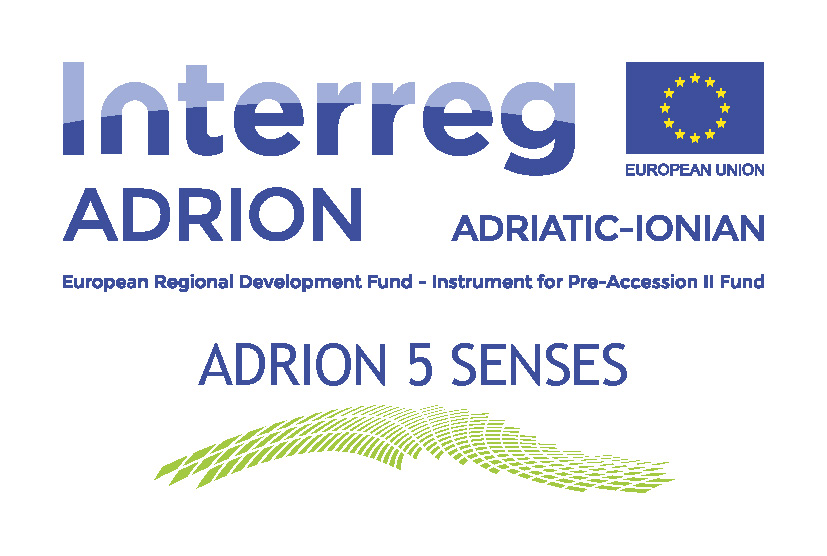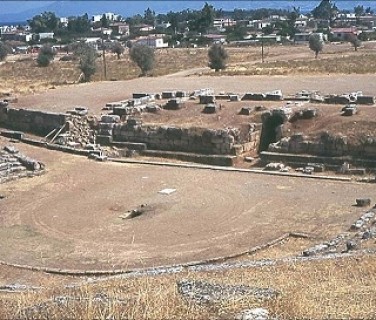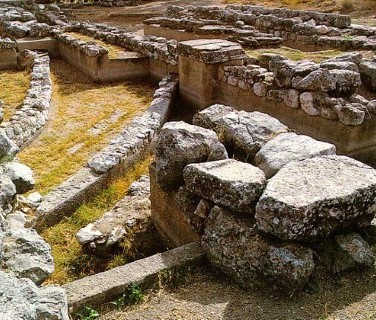
Archaeological site and ruins of ancient Eretria
5.0
Sight
The archaeological site is located near the Archaeological Museum of Eretria. The monuments are dated to various periods of the Greek and Roman periods. The most important monuments are the Ancient Theater (this is the most impressive monument of the ancient city, which bears resemblance to the theater of Dionysus in Athens), the Temple of Apollo Daphnophore, the House of Mosque, the Ancient Tholos and the Macedonian Tholos Questioner. In the archaeological site there is the Cemetery (1050 BC - 324 AD) and other ancient monuments such as:
Mosaics (Classical period 480-323 BC)
Baths (Hellenistic period 323-31 BC).
Houses (Middle Helladic Period 2000-1600 BC, Geometric Period 1025-700 BC, Classical Period 480-323 BC, Hellenistic Period 323-31 BC)
School (Classical period 480-323 BC)
Theater (Hellenistic period 323-31 BC)
Temples (Geometric Period 1025-700 BC, Archaic Period, 700-480 BC, Hellenistic Period 323-31 BC)
Tombs (Macedonian type, Middle Helladic period 2000-1600 BC)
Workshops (Roman period 31 BC-324 AD)
For the ancient Eretria, the American School of Classical Studies in Athens, the Swiss Archaeological School in Greece, the Ephorate of Antiquities of Evia, and the Athens Archaeological Society have contributed to excavations and research. Her findings are on display at the Eretria Archaeological Museum, the Chalkida Archaeological Museum, the National Archaeological Museum, and the Metropolitan Museum of Art (New York, USA).
The findings come from excavations by the local Ephorate and foreign archeological schools (Swiss and British School) in the wider area of Eretria. Chronologically they cover the entire population range of the area, from the Bronze Age to the Roman years. There is a chronological ordering of showcases and objects (starting with the oldest and ending with the newest). The museum exhibits pottery (of all ages), sculptures and reliefs of the Archaic, Classical and Hellenistic Era, bronze objects, such as vases, figurines, luxury items from the East, gold, silver and copper jewelry, armor and more. The most important exhibits of the Museum can be considered the sculptural complex of Theseus with Antiopi from the western pediment of the temple of Daphnephore of Apollo in Eretria, the clay statue of Centaurus from Lefkandi, the bronze parakeet with horseshoe Panathinaic amphorae.
Sculptures from the 4th century are on display in the Museum's hallway. B.C. and inscriptions. The museum's first main hall contains the findings of prehistoric Eretria, as well as three neighboring prehistoric settlements, Xeropolis, Amarinthos and Magoula.
Xeropoli is located northwest of Eretria and had an important position from the end of the Early Helladic Era and the Mycenaean Era. The settlement of Amarinthos was discovered beneath an artificial hill southeast of Eretria and dates from the Helladic Era (around 3000 BC). Magoula is located between Eretria and Amarinthos and dates back to the Early Helladic Era.
The most important exhibits, however, come from the cemeteries of Lefkandi and Eretria. In the second hall dominates the western pediment of the temple of Daphnophore Apollo, which dates to the late 6th century. B.C. and is an example of great art. Finally, the Museum's courtyard features architectural members, tombstones, resolutions and more.













